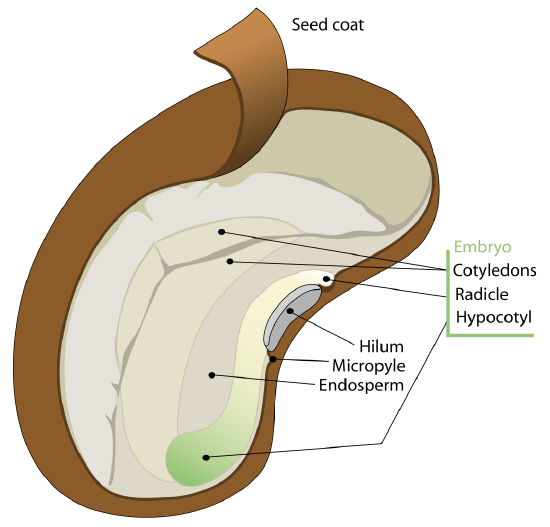
dicot seed diagram JaydienJiyan
1. The Seed Anatomy A seed is the protective covering over the embryo of a plant. If it gets favorable conditions, the seed grows into a plant with the help of the stored nutrients. It can be of different types and have shapes depending on the plant. 1.1 The Classification of Seeds
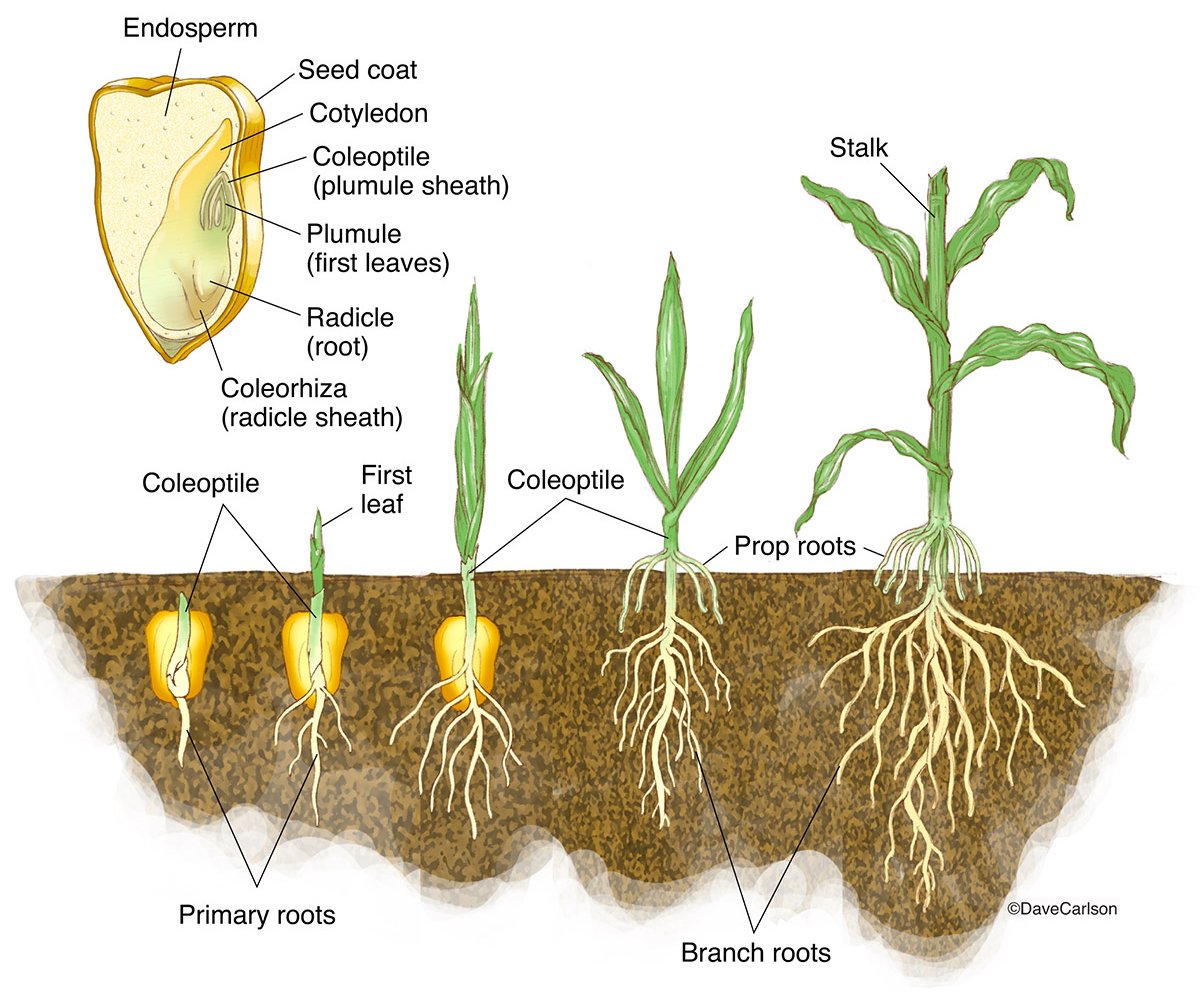
Monocot Germination Corn Seedling Carlson Stock Art
More general seed structural features: Seeds are the dispersal and propagation units of the Spermatophyta (seed plants): Gymnosperms (conifers and related clades) and Angiosperms (flowering plants). A comparison of these to major groups is presented on the "Seed evolution" webpage.
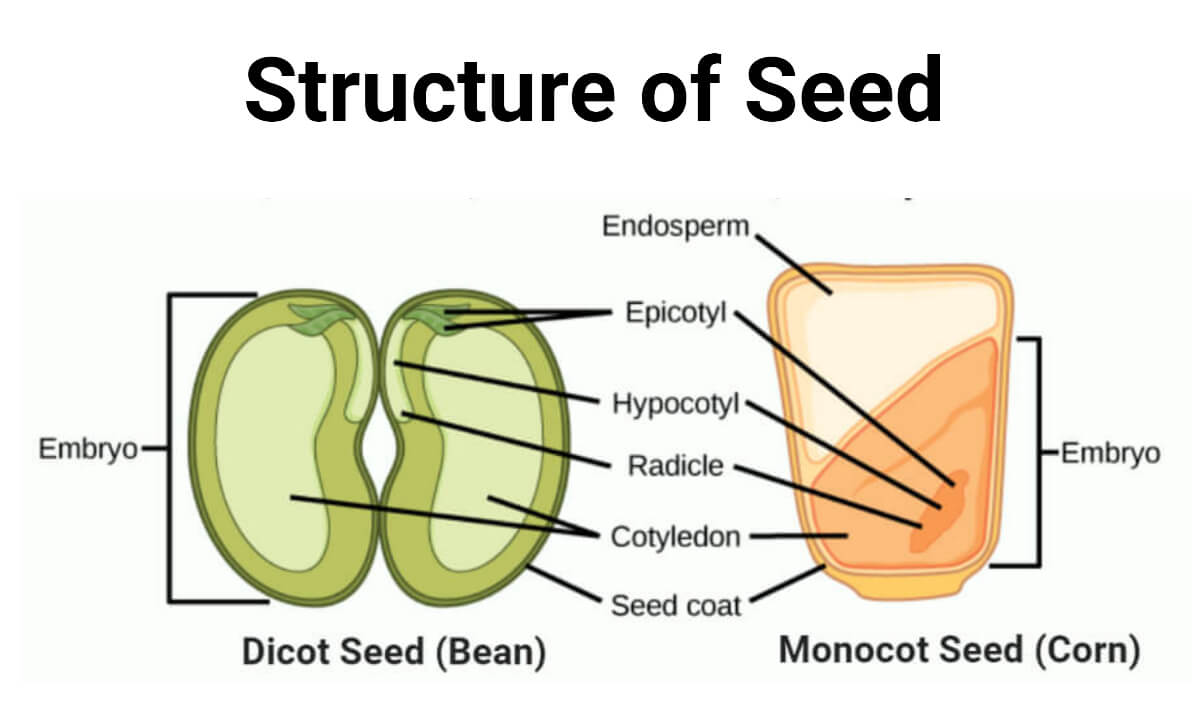
Seed Definition, Types, Structure, Development, Dispersal, Uses
A seed has three parts: Seed Coat Endosperm Embryo Seed Coat A seed coat protects the internal parts of a seed. The seed coat has two layers. The outer layer is thick and known as the testa. The inner layer is thin and known as tegmen. A thick seed coat protects the seed from sunlight and water.
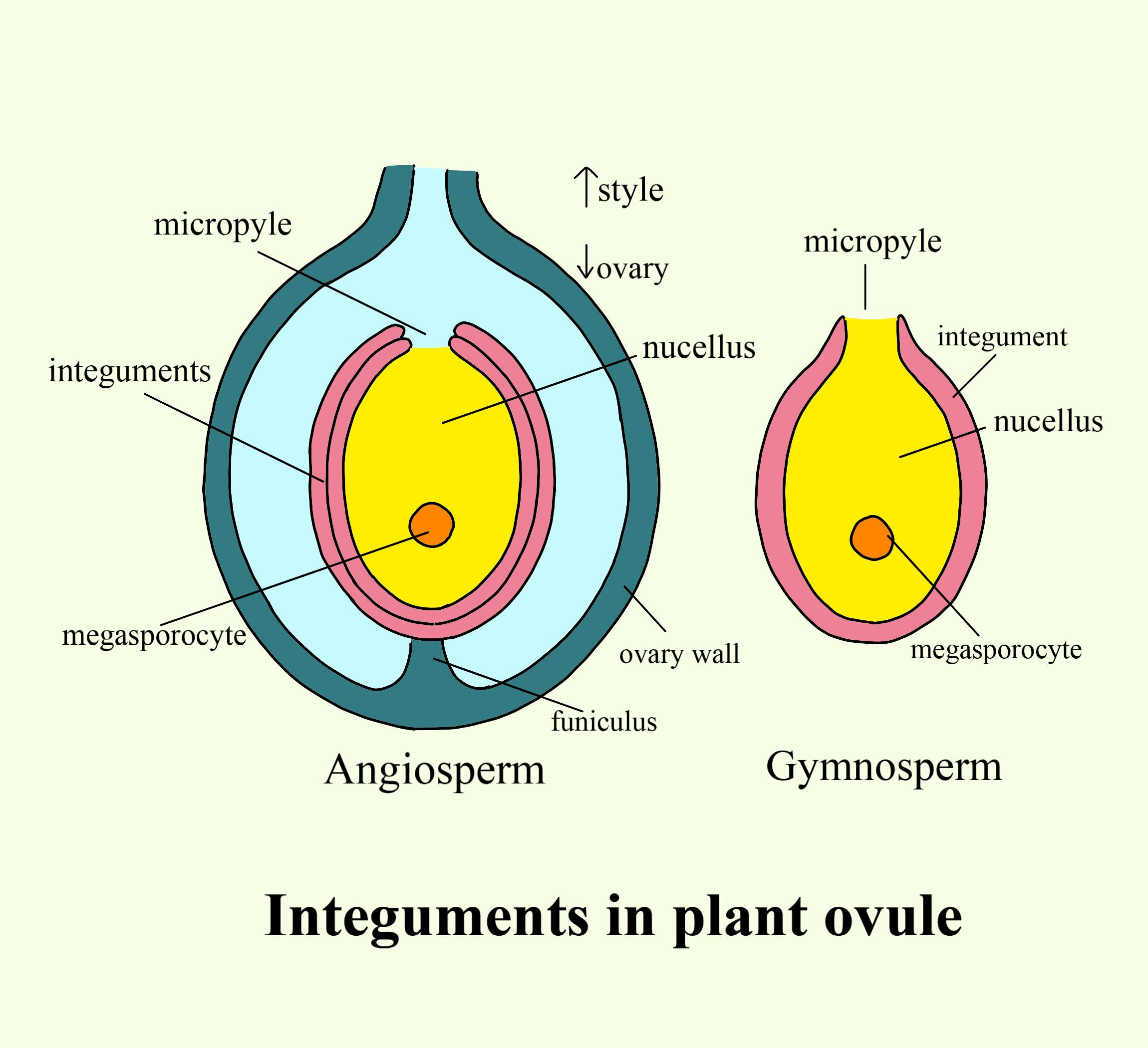
After fertilization, the seed coat of the seed develops fromA)IntegumentsB)Embryo sacC)ChalazaD
Structure of a Monocotyledon Seed. Monocotyledon seeds are found in the class of flowering plants known as Liliopsida. They're mainly herbaceous and their name derives from the seed structure, which shows a single cotyledon in its terminal position.Monocotyledon seeds are well-developed endosperms that can store starch and proteins that are essential for the early growth of the plant.
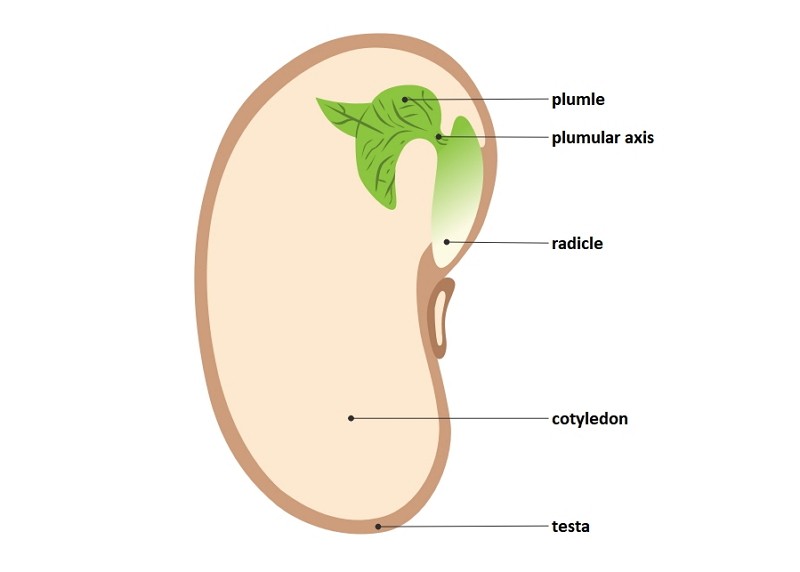
A Guide to Understand Seed with Diagram EdrawMax Online
The ovule wall, which is made up of maternal cells called integument tissue, matures to become the seed coat. An example of a seed coat is the red or tan "skin" on a peanut. The ovary wall (note the important difference between the words "ovule" and "ovary") matures into the protective cover called the pericarp.

Seed structure, diagram Stock Image C009/3021 Science Photo Library
Seed Growth. In angiosperms, the process of seed development begins with double fertilization and involves the fusion of the egg and sperm nuclei into a zygote. The second part of this process is the fusion of the polar nuclei with a second sperm cell nucleus, thus forming a primary endosperm. Right after fertilization, the zygote is mostly.

[DIAGRAM] Apple Seed Diagram FULL Version HD Quality Seed Diagram ETEACHINGPLUS.DE
In botany, a seed is a plant embryo and food reserve enclosed in a protective outer covering called a seed coat (testa). More generally, the term "seed" means anything that can be sown, which may include seed and husk or tuber. Seeds are the product of the ripened ovule, after the embryo sac is fertilized by sperm from pollen, forming a zygote.

Parts Of A Seed Printable Printable Word Searches
August 3, 2023 by Sushmita Baniya Edited By: Sagar Aryal A seed is the fertilized matured ovule that possesses an embryonic plant, stored food material, and a protective coat that is viable and can germinate. A seed is a plant embryo in a dormant state and produced after the flower is fertilized.
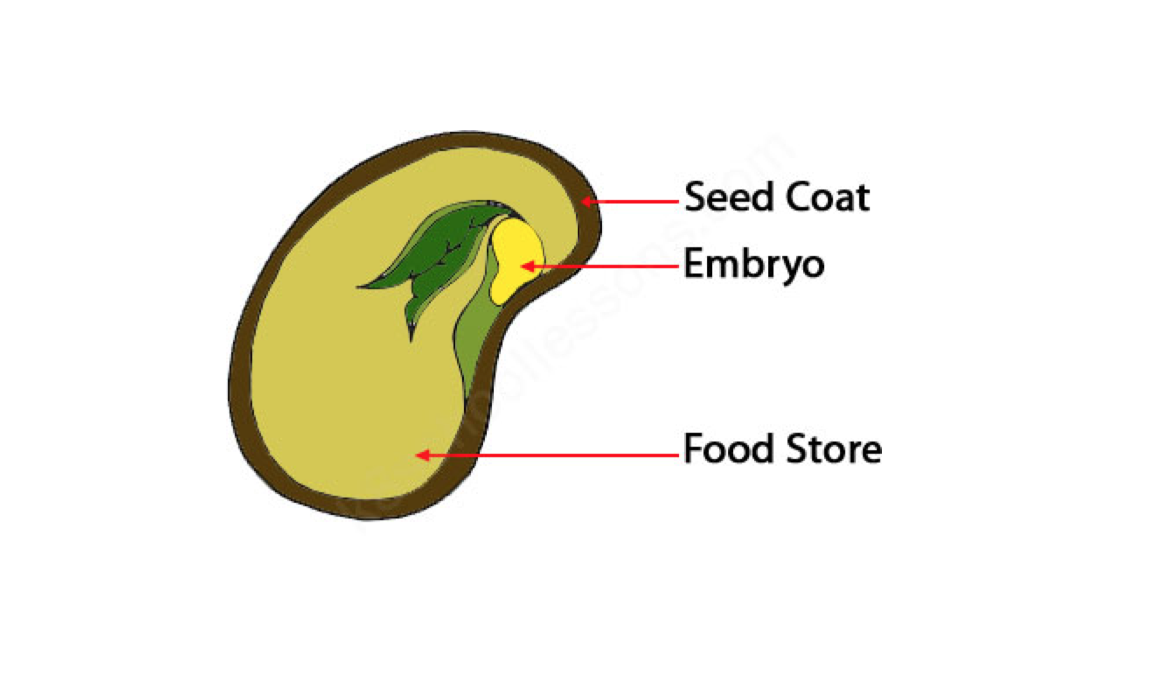
The Ephesus School THE BIBLE AS LITERATURE PODCAST
Essentially, a seed consists of a miniature undeveloped plant (the embryo), which, alone or in the company of stored food for its early development after germination, is surrounded by a protective coat (the testa).
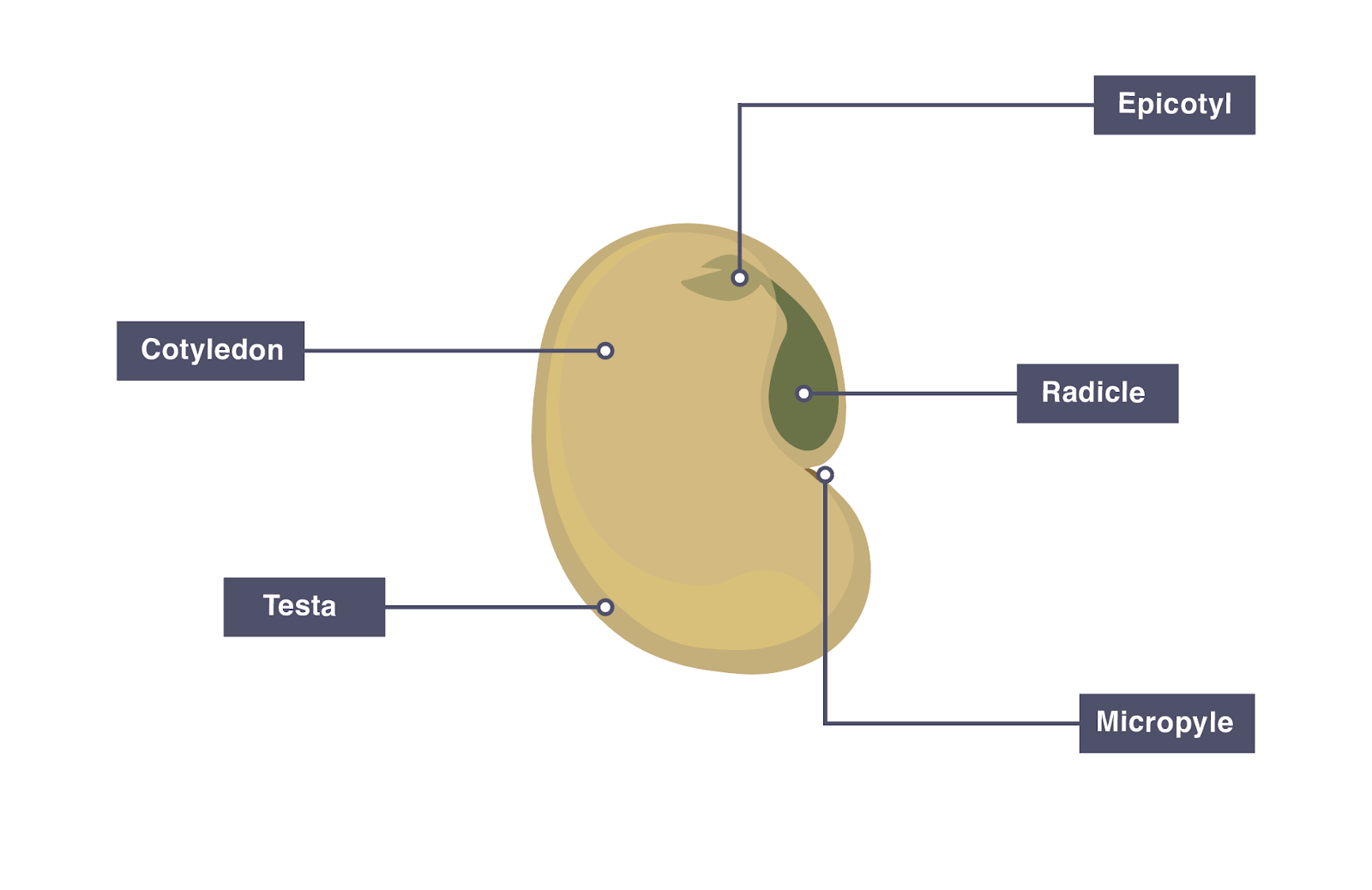
IGCSE Biology 2017 3.6 Understand How Germinating Seeds Utilise Food Reserves until the
Seeds of certain flowering plants may show specific characteristics resulting from convergent evolution that help in seed dispersal such as elaiosomes, a lipid and protein-rich fleshy structure attached to the seed coat. This food source - often of carunculate type - is especially coveted by ants, which take the seed to their nest to feed.

1. Draw a diagram of seed and label its parts. Mention the functions of different parts of the
Importance. The embryo plant is protected by seeds, which allows it to develop once it finds adequate soil. Seeds are a protective structure that allows a plant embryo to live for a long time before germinating. Until the embryo's growing conditions are favourable, the seed can remain dormant.

Structure of Ovule/Seed Plant science, Biology plants, Plant lessons
Skill: • Drawing internal structure of seeds When fertilisation occurs, the ovule will develop into a seed (which may be contained within a fruit) The seed will be dispersed from the parental plant and will then germinate, giving rise to a new plant A typical seed will possess the following features:

Bean seed structure anatomy grain dicot seed Vector Image
General Structure of Seed (With Diagram) | Angiosperms | Botany Article Shared by ADVERTISEMENTS: A typical matured seed of angiosperms consists of two parts: 1. Seed Coat 2. Kernel. 1. Seed Coat: Seed coat is the protective covering of seed, developed from integument of the ovule. It is made up of two layers: ADVERTISEMENTS:

PPT Plants and Seeds PowerPoint Presentation, free download ID791432
The micropyle is a small round structure next to the hilum where the pollen tube entered. Figure 4.6.3.1 4.6.3. 1: The external structures of a bean seed, an example of a eudicot (7X). The seed coat surrounds the seed. There is a round micropyle, where the pollen tube originally entered the ovule.
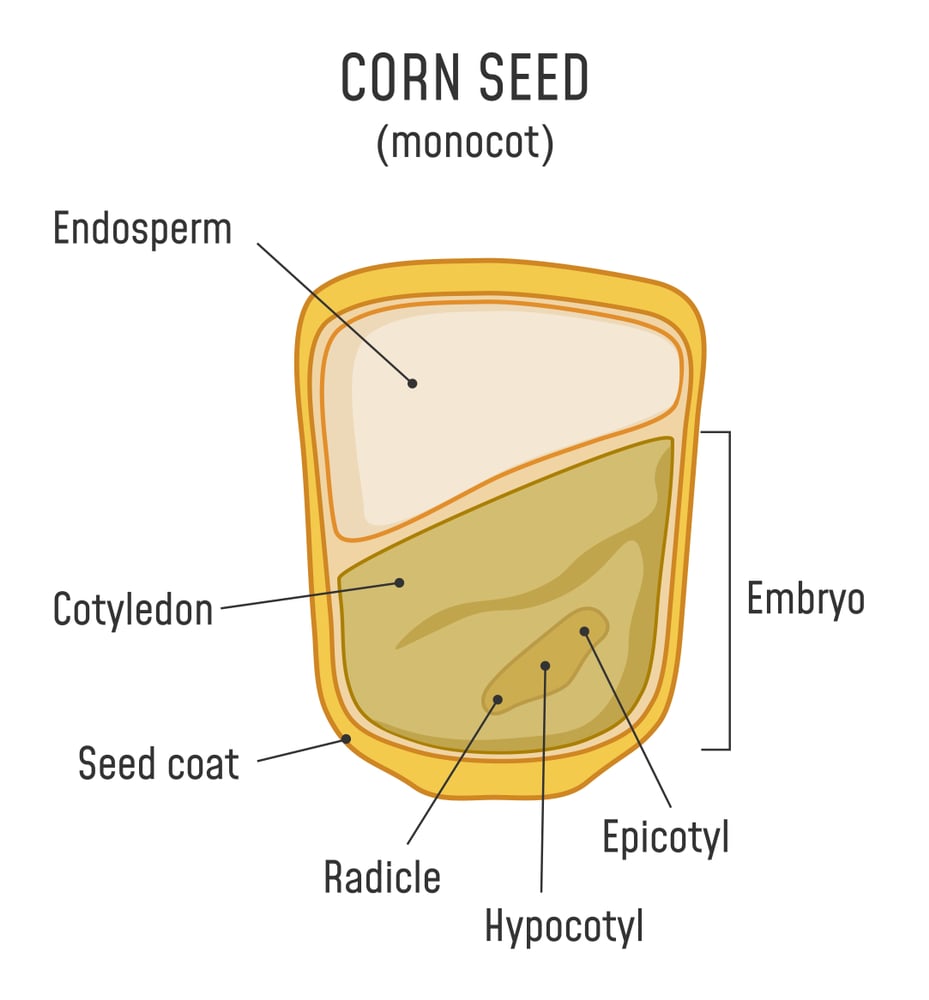
How Does A Seed Grow Into A Plant?
A true seed is defined as a fertilized mature ovule that possesses embryonic plant, stored material, and a protective coat or coats. Seed is the reproductive structure characteristic of all phanerogams. The structure of seeds may be studied in such common types of pea, gram, bean almond or sunflower.

Anatomy Of A Bean Seed Stock Vector Art & More Images of Agriculture 659173176 iStock
Parts of a Seed Diagram A typical seed consists of three main parts: 1) seed coat, 2) endosperm, and 3) embryo. 1) Seed Coat They are the protective outer covering of a seed that is usually hard, thick, and brownish in color. The seed coat is formed from the outer covering of the ovule called the integument.